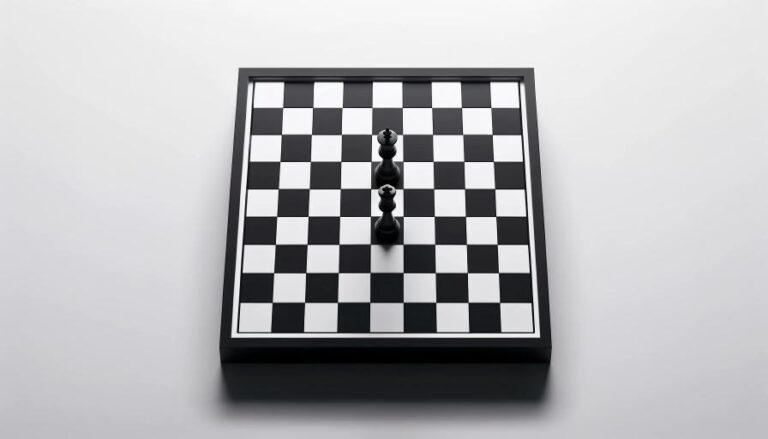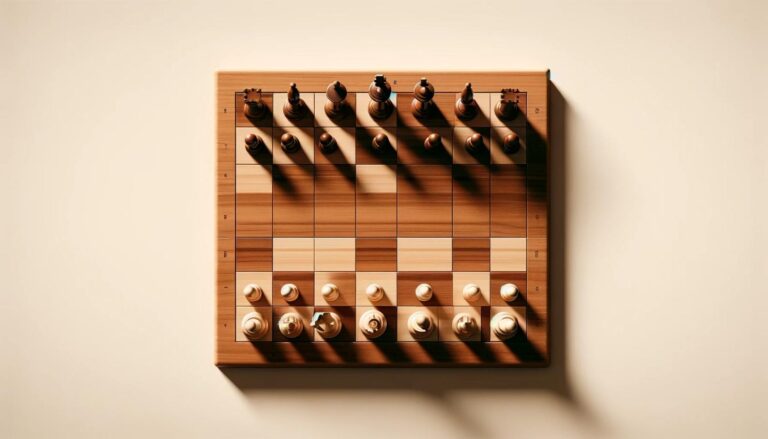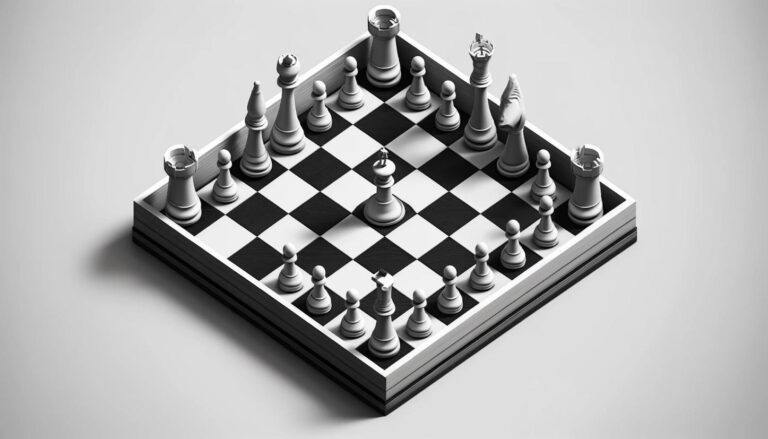In chess, the “King Hunt” is a dramatic and thrilling strategy that involves relentlessly attacking the opponent’s king. This tactic not only showcases a player’s aggressive prowess but also highlights the depth and creativity inherent in chess strategy. The King Hunt is not merely about checkmate; it’s about pushing the king into vulnerable positions across the board. This article delves into the dynamics of King Hunts, illustrating how to master this aggressive approach.
Understanding the King Hunt
A King Hunt typically begins when the king is forced out of its initial safety zone, usually after a breach in pawn structure or a premature king exposure. The objective is to exploit the king’s vulnerability by using multiple pieces in coordinated attacks. Unlike a quiet positional game, a King Hunt is loud, complex, and often risky, requiring precise calculation and foresight.
Key Elements of a Successful King Hunt
1. Opening the Position
The first step in a King Hunt is opening up the position around the opponent’s king. This can be achieved through sacrifices that clear paths for your pieces to attack. Rook and bishop sacrifices are particularly common to blow open the opponent’s king cover.
2. Piece Coordination
Successful King Hunts involve the coordination of several pieces. Queens, rooks, bishops, knights, and even pawns must work in harmony to box in the king and cut off escape routes. Each piece plays a role in controlling key squares and creating threats.
3. Timing and Tempo
Timing is crucial in a King Hunt. Gaining tempo by making forcing moves that require immediate responses (such as checks or major threats) keeps the opponent on the defensive and prevents them from organizing a counterattack.
4. Psychological Pressure
The King Hunt exerts significant psychological pressure, often leading opponents to make mistakes. Maintaining the momentum and complexity of the attack can overwhelm the defending player, leading to inaccuracies.
Famous Examples in Chess History
One of the most iconic King Hunts in chess history is the game between Donald Byrne and Bobby Fischer in 1956, famously known as “The Game of the Century.” Fischer’s audacious queen sacrifice on move 17 led to a spectacular King Hunt, showcasing his brilliant tactical skills at just 13 years old.
Another example is the game between Nigel Short and Jan Timman in 1991, where Short famously walked his king up the board to support a mating net against Timman’s king, illustrating the dramatic potential of King Hunts.
Risks and Rewards
While the King Hunt is a powerful weapon in a player’s arsenal, it comes with risks. Over-aggression can backfire if the attack does not lead to a decisive advantage, potentially leaving the attacking player’s own king exposed or material deficient. Therefore, it’s crucial to ensure that the basis for a King Hunt is sound and that there is a clear path to weakening the opponent’s position or achieving checkmate.
Conclusion
The King Hunt is more than just a chess tactic; it is a testament to the game’s endless possibilities for creativity and aggression. Mastering this strategy requires not only tactical acumen but also the courage to pursue the king across the board, turning the chess game into a thrilling battle of wits and nerve. Whether you’re studying classic games or experimenting in your own play, understanding the dynamics of a King Hunt can significantly enhance your chess experience.







